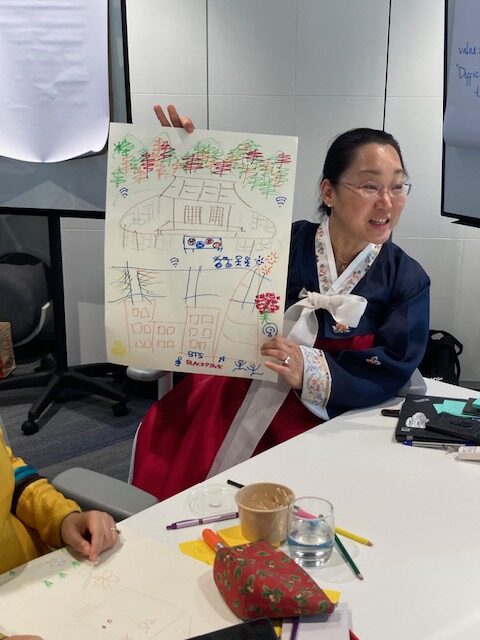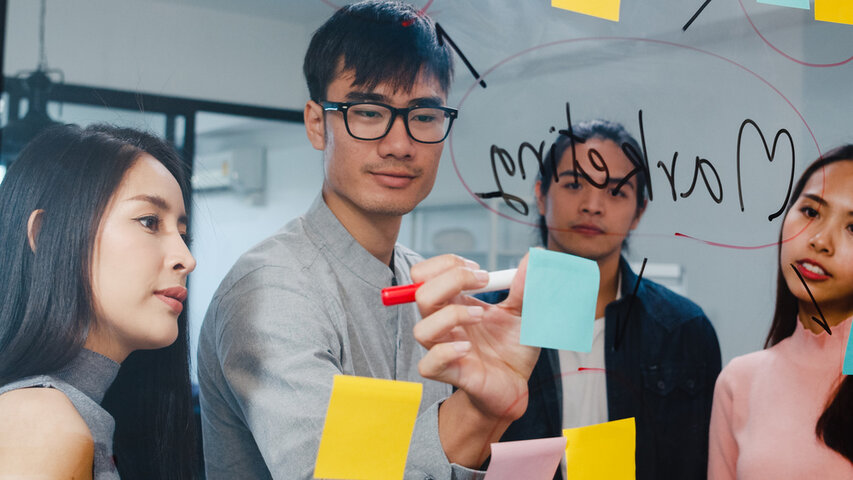70/20/10 Rule Limitations
The 70/20/10 model has gained popularity in the field of learning and development. It is often presented as a framework that suggests how individuals can best acquire knowledge and skills. However, it is important to recognize that the 70/20/10 model might not always be suitable for every situation. This article aims to explore the reasons why this widely adopted model might have limitations and how alternative learning models and personalized approaches can be more effective in certain contexts. Below we’ll discuss all 70/20/10 Rule Limitations.
Understanding the 70/20/10 Model
Before diving into the limitations, let’s take a moment to understand the basics of the 70/20/10 model. This model suggests that individuals acquire 70% of their knowledge and skills through on-the-job experiences, 20% through interactions with others, and 10% through formal educational programs.
The Basics of the 70/20/10 Framework
The 70/20/10 framework is built on the belief that experiential learning is the most effective way to develop skills and expertise. By emphasizing the importance of real-world experiences, the model aims to bridge the gap between theory and practice.
When individuals engage in on-the-job experiences, they are able to apply theoretical knowledge in practical scenarios, leading to a deeper understanding of concepts. This hands-on approach allows for immediate feedback and the opportunity to learn from mistakes, fostering a culture of continuous improvement.
The Assumptions Behind 70/20/10
The 70/20/10 model assumes that individuals learn best by doing. It suggests that learning happens naturally through daily work activities, collaborations with colleagues, and formal training programs. The model also assumes that the majority of learning occurs informally, outside of traditional classroom settings.
Interactions with others play a crucial role in the 20% of knowledge and skills acquisition in the 70/20/10 model. Through discussions, mentorship, and feedback from peers and experts, individuals can gain new perspectives, insights, and best practices. This collaborative aspect not only enriches the learning experience but also fosters a sense of community and shared knowledge within organizations.

T70/20/10 Rule Limitations
While the 70/20/10 model has its merits, it is essential to acknowledge its limitations.
Understanding the intricacies of the 70/20/10 model requires a deeper dive into its components. The model suggests that 70% of learning comes from challenging assignments, 20% from developmental relationships, and 10% from coursework and training. However, this breakdown oversimplifies the complex nature of learning and development, as it does not account for the interplay of various factors that contribute to an individual’s growth.
Lack of Flexibility in the 70/20/10 Model
One of the main drawbacks of the 70/20/10 model is its lack of flexibility. This model implies that individuals learn in a linear fashion, with a fixed allocation of time for each category. However, this rigid structure might not accommodate the unique learning needs and preferences of individuals.
Moreover, the 70/20/10 model fails to consider the dynamic nature of learning environments. In today’s rapidly changing world, where new technologies and information emerge constantly, a one-size-fits-all approach to learning may not be sufficient. Individuals may require more personalized and adaptable learning strategies to keep pace with the evolving demands of their fields.
The Risk of Overgeneralization
Another concern with the 70/20/10 model is the risk of overgeneralization. While the model has been found to be effective in many cases, it may not hold true universally. Factors such as the nature of the knowledge or skills being acquired and the individual’s learning style can greatly influence the effectiveness of the model.
Furthermore, the 70/20/10 model’s emphasis on experiential learning and social interactions may not fully address the diverse learning preferences and needs of all individuals. Some learners may thrive in solitary, self-directed learning environments, while others may benefit more from collaborative, hands-on experiences. By overlooking these variations, the model may inadvertently limit the potential for holistic and inclusive learning experiences.
Alternative Learning Models to 70/20/10
Recognizing the 70/20/10 Rule Limitations, alternative learning models have emerged as potential alternatives.
Exploring different approaches to learning and development can provide valuable insights into how individuals can optimize their growth and skill acquisition. While the 70/20/10 model has been widely adopted in various organizations, it is essential to consider alternative frameworks that may better suit specific learning styles and contexts.
The 50/30/20 Learning Model
The 50/30/20 model is another approach to learning and development. It suggests that individuals should allocate 50% of their time to on-the-job experiences, 30% to learning from others, and 20% to formal training programs. This model offers a slightly different emphasis on the various learning sources, highlighting the importance of experiential learning and peer-to-peer knowledge sharing.
By dedicating a significant portion of time to practical experiences, individuals following the 50/30/20 model can gain hands-on skills that are directly applicable to their roles. Learning from others, whether through mentorship or collaborative projects, can provide unique perspectives and insights that complement on-the-job experiences. Formal training programs then serve as a structured foundation to enhance and solidify the knowledge gained from practical and interpersonal learning.
The 80/10/10 Learning Model
Similarly, the 80/10/10 model emphasizes on-the-job experiences by allocating 80% of the time for practical learning, while 10% is dedicated to learning from others and the remaining 10% focuses on formal education. This model recognizes the powerful impact of hands-on experiences in the learning process, underlining the importance of learning by doing.
By immersing themselves in real-world scenarios and challenges, individuals following the 80/10/10 model can develop a deep understanding of their roles and responsibilities. The integration of peer learning and formal education further enriches their learning journey, providing a well-rounded approach to skill development and knowledge acquisition. This model encourages continuous growth through experiential learning, collaboration with colleagues, and structured learning opportunities.
Tailoring Learning Models to Individual Needs
Instead of relying solely on fixed learning models, it is crucial to take a personalized approach to learning and development.
When it comes to tailoring learning models to individual needs, one must delve into the realm of understanding the diverse ways in which people absorb and retain information. Personalized learning recognizes that each individual has unique learning preferences, strengths, and areas for development. It involves not only identifying these individual traits but also crafting learning experiences that cater to them specifically. By customizing the learning journey to match the specific needs of the individual, the chances of successfully acquiring new knowledge and skills are maximized.
The Importance of Personalized Learning
Personalized learning is not just a trend; it is a pedagogical shift that places the learner at the centre of the educational experience. It acknowledges that a one-size-fits-all approach to education is no longer sufficient in a world where diversity reigns supreme. By embracing personalized learning, educators and organizations can create environments that nurture individual growth and development, fostering a deeper and more meaningful learning experience.
Adapting Learning Models for Different Contexts
Learning models should also be adapted to suit different contexts. What works well in one industry or organization may not be as effective in another. By considering the specific requirements and dynamics of a particular context, learning models can be customized to optimize outcomes.
Contextual factors such as organizational culture, industry trends, and technological advancements play a significant role in shaping the effectiveness of learning models. For instance, a fast-paced tech startup may require a more agile and adaptive learning model compared to a traditional corporate setting. By tailoring learning models to fit the unique context in which they will be applied, organizations can ensure that learning initiatives are not only relevant but also impactful.
Conclusion: The Right Balance in Learning Models
While the 70/20/10 model has its merits, it is crucial to approach learning and development with a flexible mindset that allows for personalized approaches and alternative models.
The Need for a Flexible Approach
Adopting a flexible approach towards learning models ensures that individuals are able to access the resources and experiences that best suit their needs. This approach allows for experimentation and adjustment as required.
The Future of Learning Models
As our understanding of learning and development continues to evolve, it is likely that new models and approaches will emerge. The key is to stay open-minded, regularly evaluate the effectiveness of existing models, and be willing to adapt and innovate as needed.


